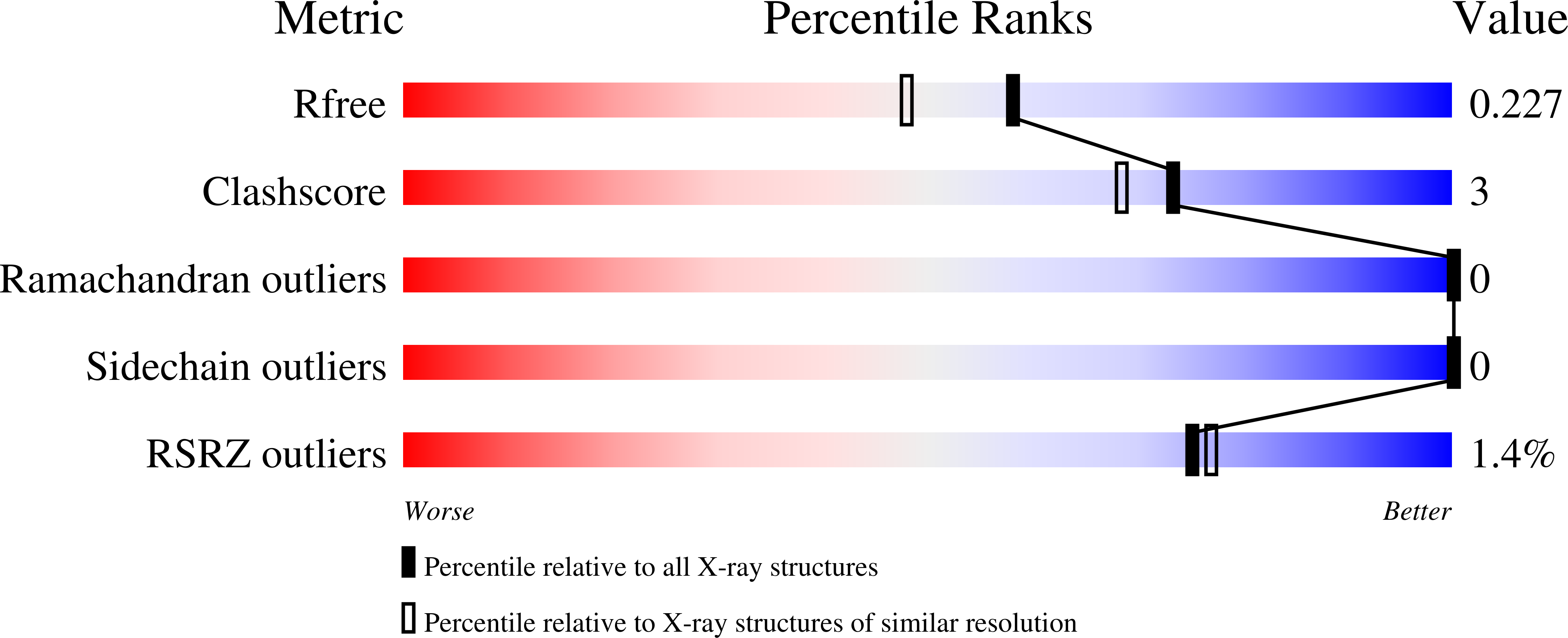
Deposition Date
2023-11-08
Release Date
2024-01-17
Last Version Date
2024-10-16
Entry Detail
PDB ID:
8UX2
Keywords:
Title:
Chromobacterium violaceum mono-ADP-ribosyltransferase CteC in complex with NAD+
Biological Source:
Source Organism:
Chromobacterium violaceum (Taxon ID: 536)
Host Organism:
Method Details:
Experimental Method:
Resolution:
1.87 Å
R-Value Free:
0.22
R-Value Work:
0.19
R-Value Observed:
0.19
Space Group:
P 21 21 21


